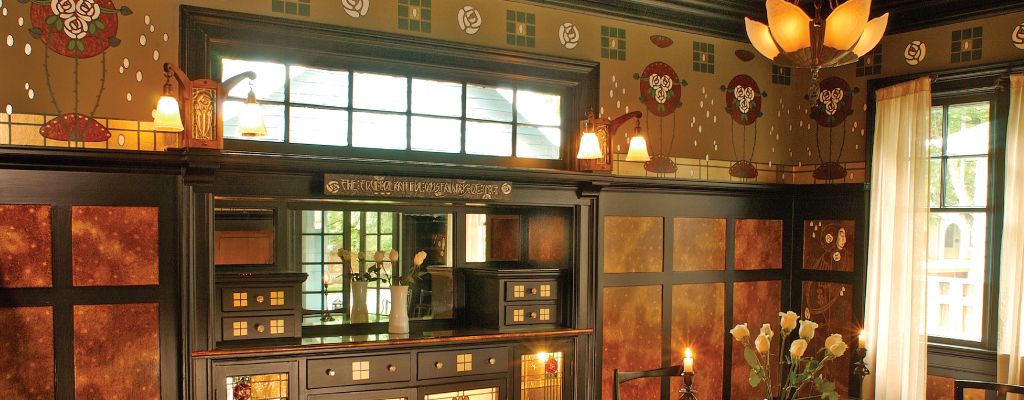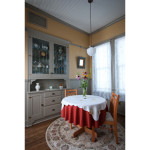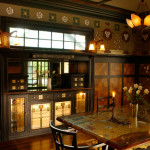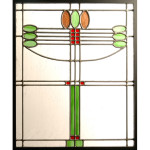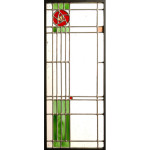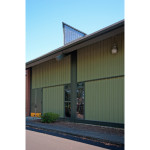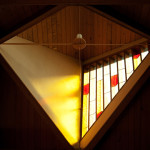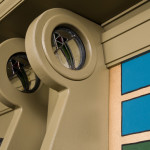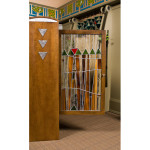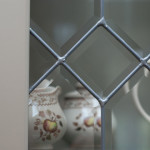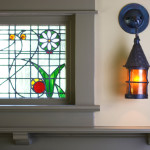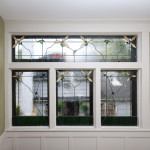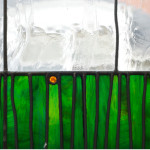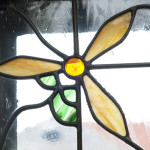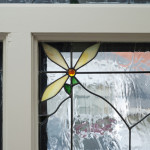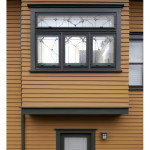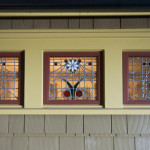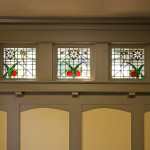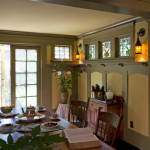Stained Glass
I find the sparkle of colors found in stained-glass to be so uplifting. The way the colors are reflected into the home and move with the light of the sun from place to place throughout the day is magical. I think that both leaded and stained-glass windows are among the most beautiful additions you can bring to a home. We have designed many stained-glass windows to help people create a stunning focal point in a room, to replace an unsightly view with a beautiful one, or replace stained-glass where it once existed, but was lost to history.
